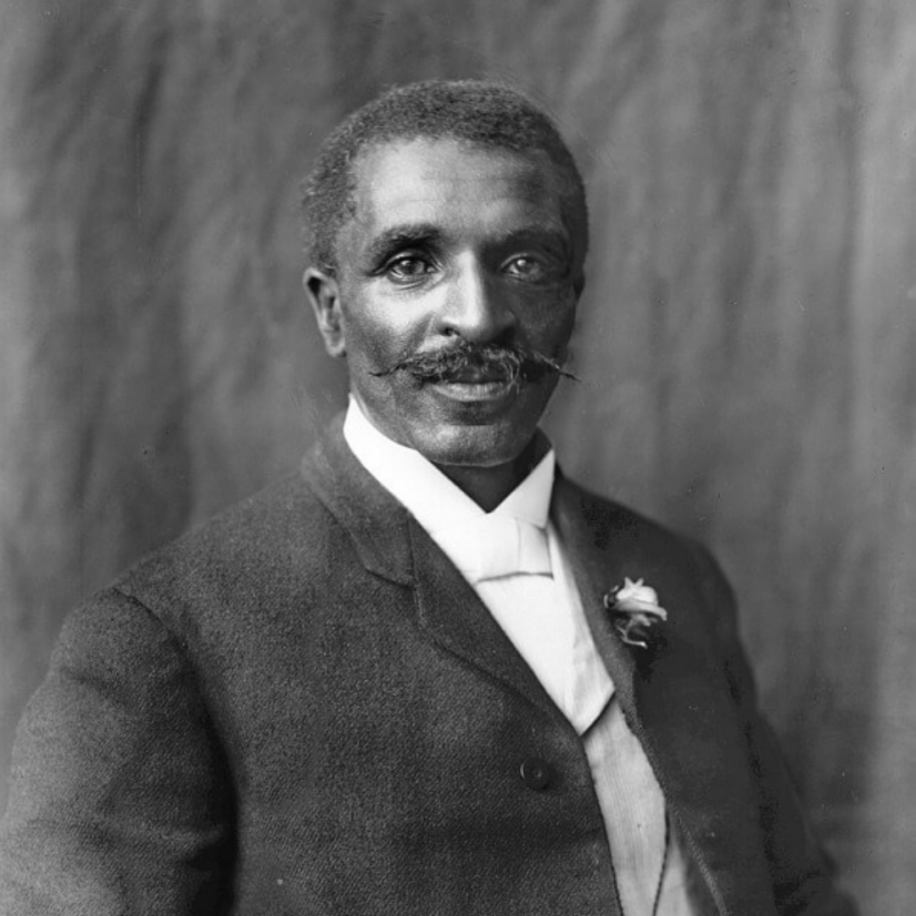Many attribute the concept of Community-Supported Agriculture (CSA) to have emerged from Europe or Japan and spreading to the United States in the 1980s, though a parallel model can be traced back 20 years earlier to Booker T. Whatley in the 1960s.
With an extensive background in agriculture, Whatley served in the Korean War where he operated a 55-acre hydroponic farm that provided food for the troops. After the war, he eventually became an agricultural professor at Tuskegee University in Alabama.
Whatley is most known for his regenerative farming system along with the concept of the pick-your-own (PYO) customer harvesting operation managed by farmers and cultivators. He also applied the concept of a subscription buyer’s club to small farmers as a separate business or combined with a PYO operation.
Regenerative agriculture is a farming and grazing practice that focuses on rebuilding soil organic matter and restoring soil biodiversity. With its ability to reverse climate change and improve the water cycle, regenerative agriculture is a sustainable and eco-friendly form of farming that also produces more nutrient-dense foods.
Whatley’s successful “smaller and smarter” strategy for small farmers proposed they focus on growing higher-value crops like berries, rather than commodity crops like grains, and target those higher-value crops to customers who would then harvest the crops themselves, as members of the Clientele Membership Club.
The Clientele Membership Club is a parallel model to the current CSA system that was reintroduced and popularized in the U.S. by European farmers Jan Vander Tuin and Trauger Groh in the 1980s. Both models require members to pay upfront at the beginning of the growing season, which means members share some production risks while also helping the farmer to focus on proper land stewardship and growing crops.
Generally, CSA members receive fresh organic produce every week from local and regional farmers. Members may receive an abundance of produce with special offerings during a fruitful season, though during times of scarcity, the shares may be smaller. Today, there are over 2,500 CSAs that create strong partnerships between producers to consumers.
Whatley’s integration of agriculture and social justice was a way of producing an agrarian Black middle class. Although his technique and ideologies have been overshadowed throughout history, Whatley’s practices have greatly influenced the operation and prosperity of small farms and helped Black farmers continue cultivating.
For more information on Whatley, click here.

